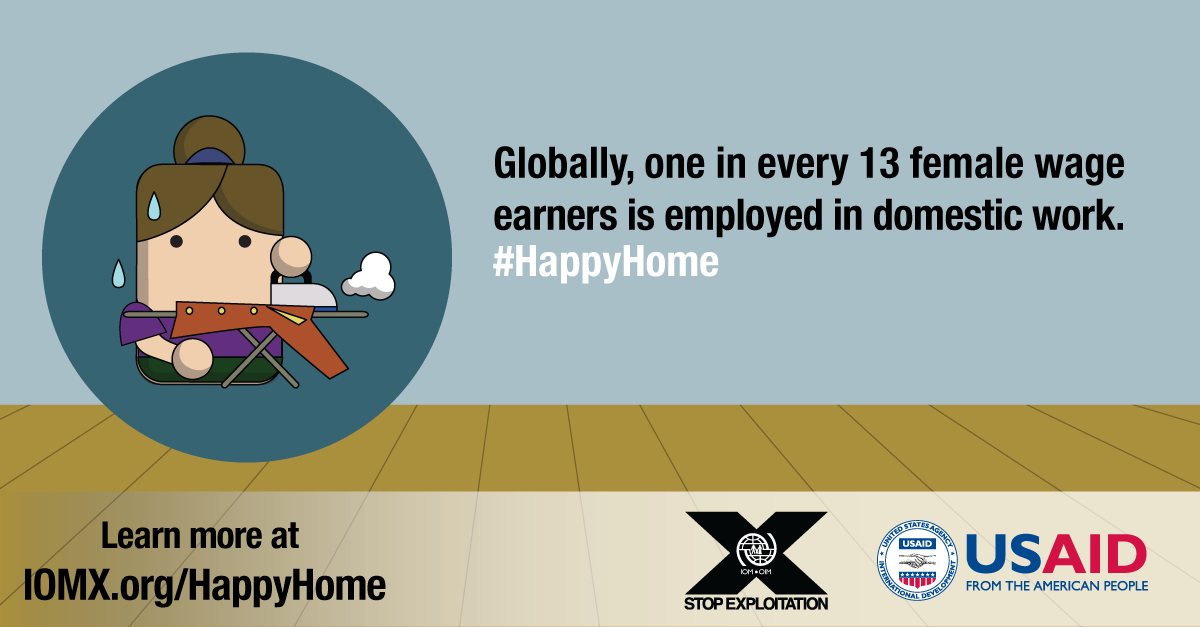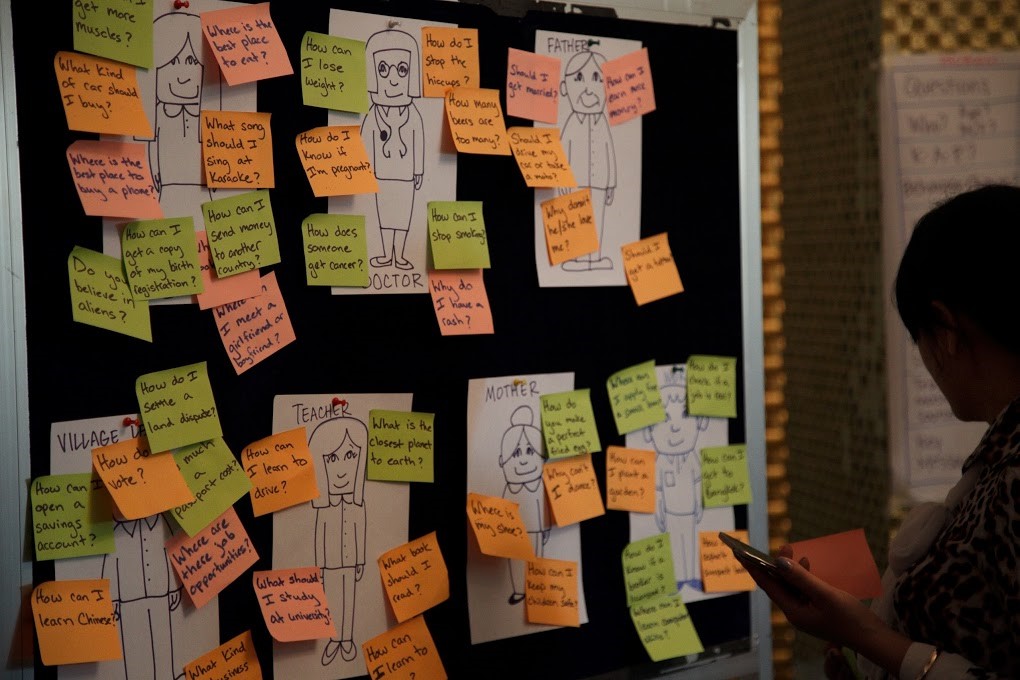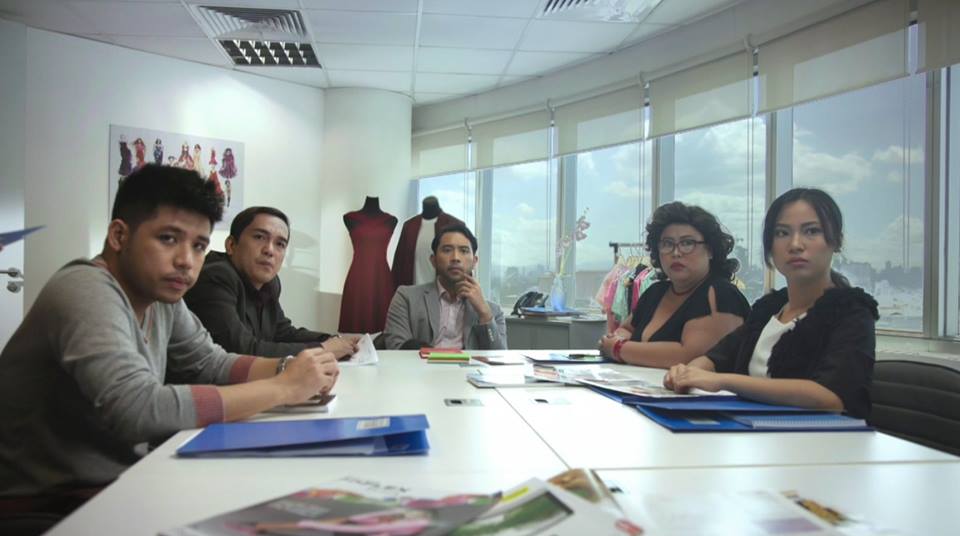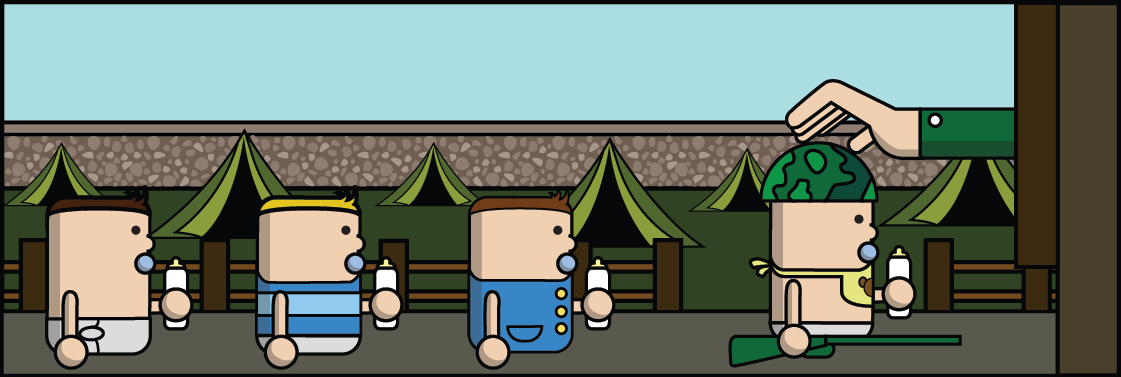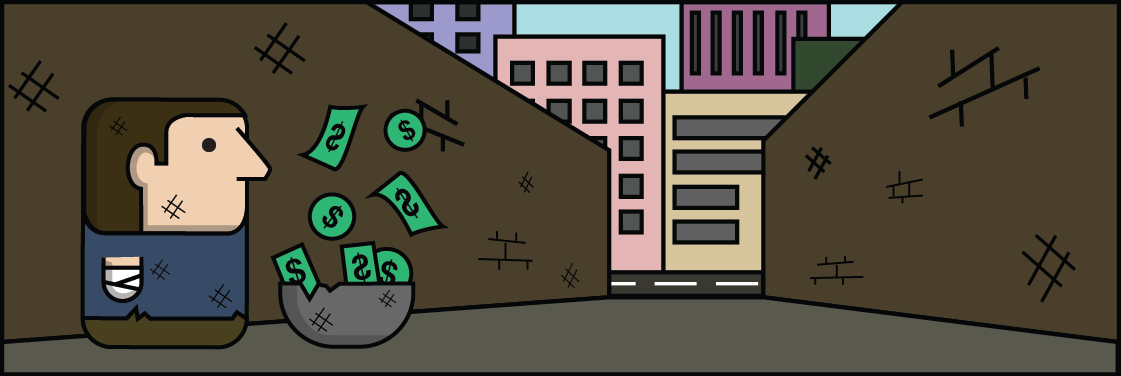When we started talking about live-in domestic workers, also known as maids, nannies or helpers, at IOM X, it was a new area for a lot of us as a sector where workers are vulnerable to exploitation. Think about it: alone in someone’s private home and dependent on them to provide you with a safe and fair work environment, and regular payment.
There’s a lot of ‘ifs’ in that equation. If the employer and domestic worker agree on tasks, working hours, weekly rest day and salary, it can be a positive experience for everyone.
But if the employer is not clear on tasks, won’t define set work hours, won’t give a weekly rest day and doesn’t pay salary regularly (or at all!), then there are problems.
In fact, it can be exploitation.
According to an IOM and London School of Hygiene and Tropical Medicine study in 2015, of the ten most common sectors where exploitation occurred, those who had been exploited in the domestic work sector worked among the longest hours (15.2 hours per day). They were also among the most likely to have their freedom curtailed (92.1% were never free to do what they wanted, or go where they wanted) and were among the least likely to be compensated (84.2% were never paid).
It’s not a pretty situation.
So what can we do? Of the 21.5 million domestic workers from the Asia Pacific region, it is estimated that 1.9 million of them are being exploited. The exploitation is taking place behind closed doors, making it difficult to identify who needs help.
The answer, to us at IOM X, is this: we have to get employers to shift their attitudes and behaviours towards domestic workers, in order to make them the change-makers in the fight against exploitation. Because everyone wants a happy home.
Can it be done? Stay tuned. IOM X’s Happy Home campaign kicks off on 25 May 2016.
